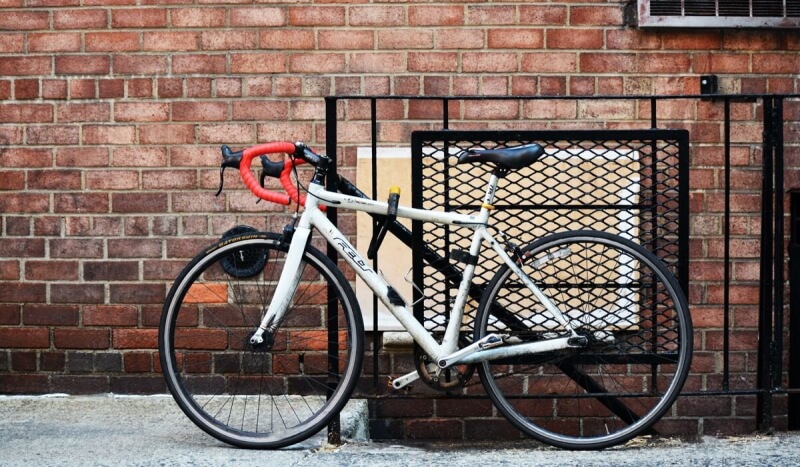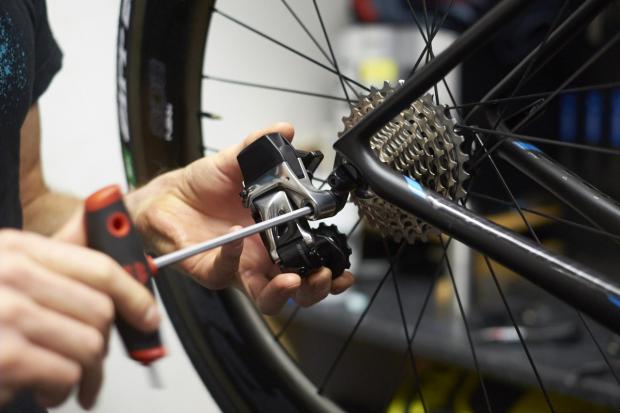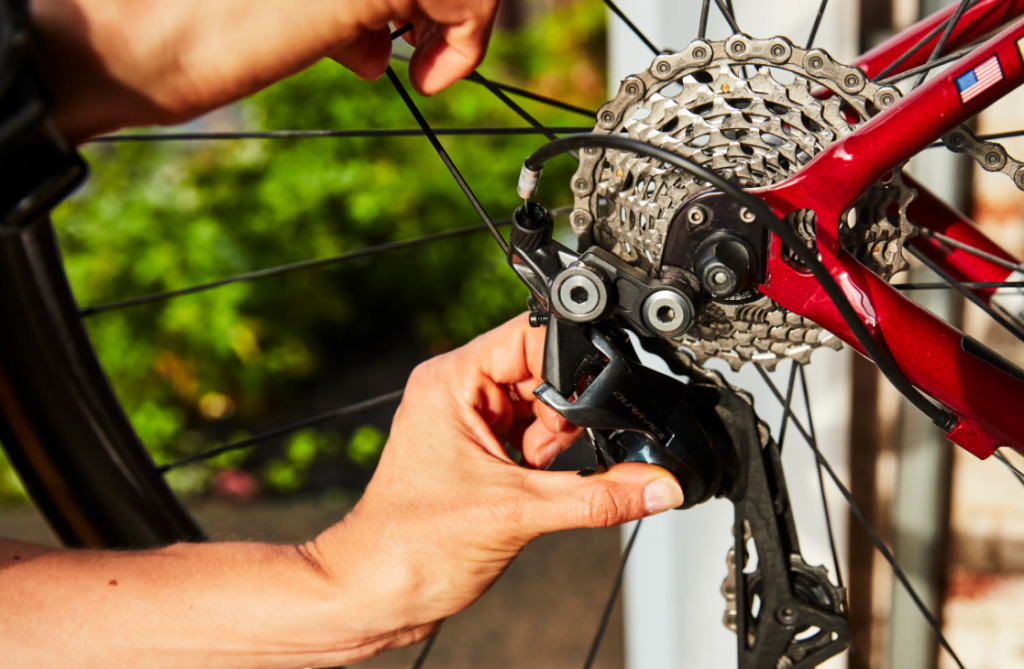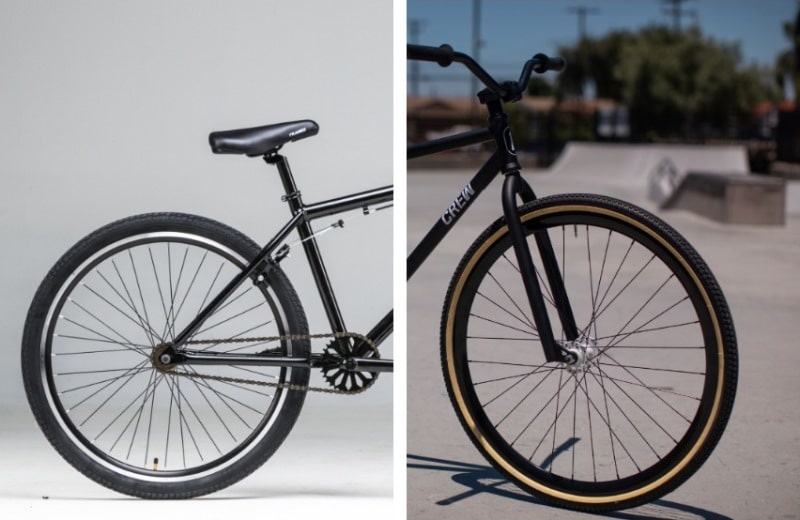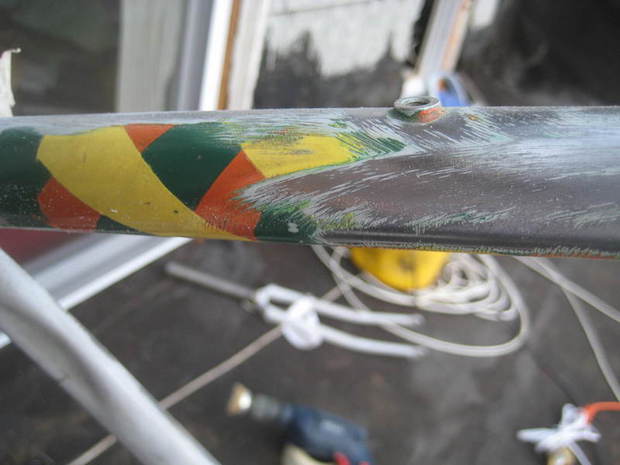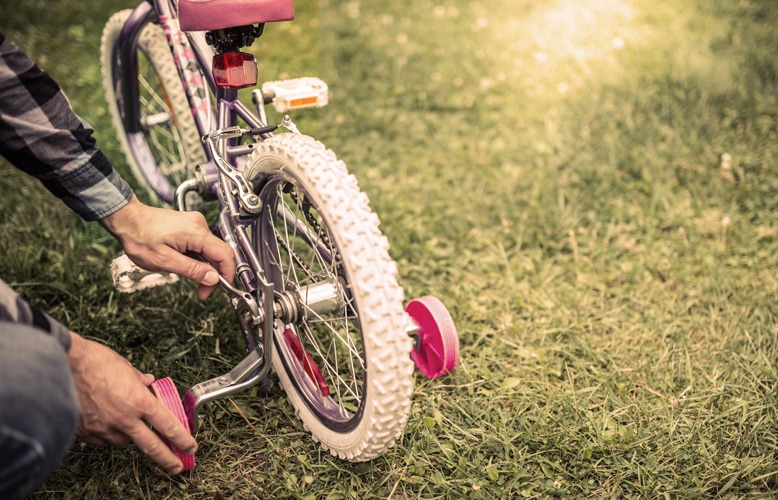- Trails
-
Bikes
-
Gear
-
Tips & Tricks
-
About us



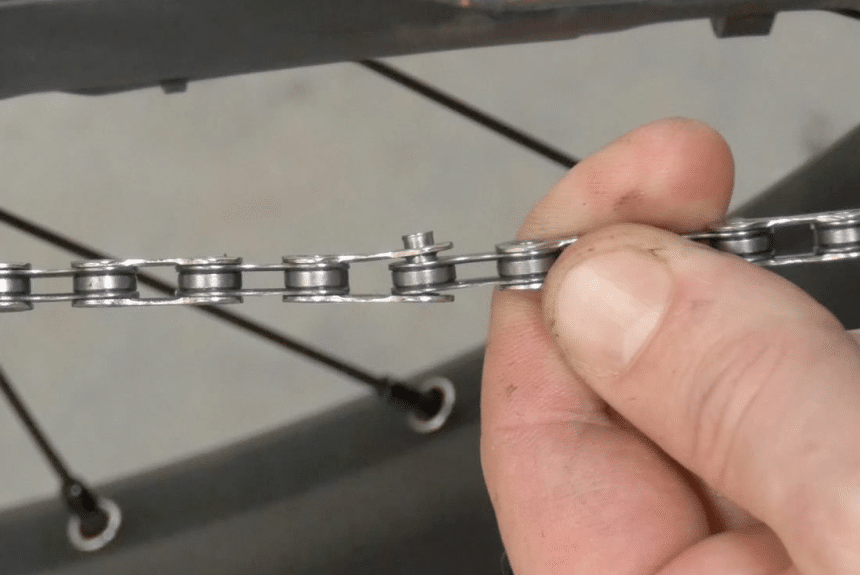
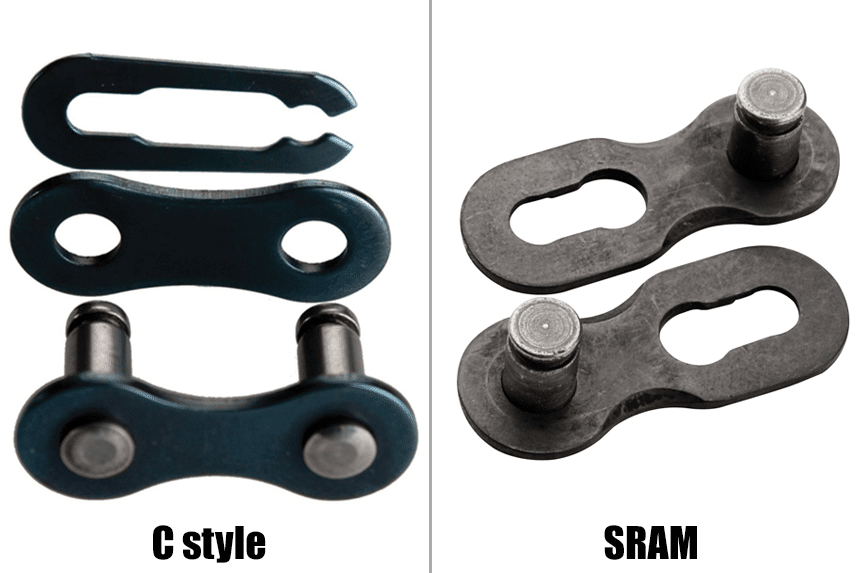 Typically, SRAM master links come in two plate configurations. Each plate features an attached rivet/pin on one side and a slot for the opposing pin to slide into on the opposite side.
Typically, SRAM master links come in two plate configurations. Each plate features an attached rivet/pin on one side and a slot for the opposing pin to slide into on the opposite side.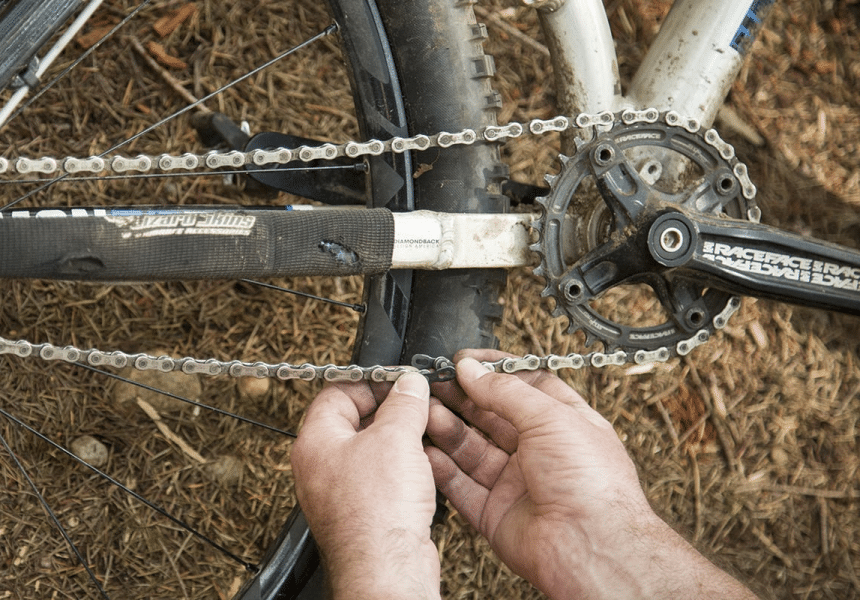 If you want an easier time removing master links, master link pliers may be necessary. According to reviewers, the
If you want an easier time removing master links, master link pliers may be necessary. According to reviewers, the 




